Cajun vs Creole: Spice Showdown – Which Southern Flavor Reigns Supreme?
When it comes to the soul of Southern cuisine, few flavors can match the fiery charisma and rich heritage of Cajun and Creole cooking. But here’s the kicker — even seasoned spice lovers often mix them up! So, are you team Cajun or team Creole? In this article, we’re diving into the heart of these two legendary culinary traditions to settle the great Cajun vs Creole debate.
You’ll get a side-by-side flavor breakdown, spice comparisons, historical tidbits, and yes — even a spicy shopping guide for your kitchen. Let’s light it up!
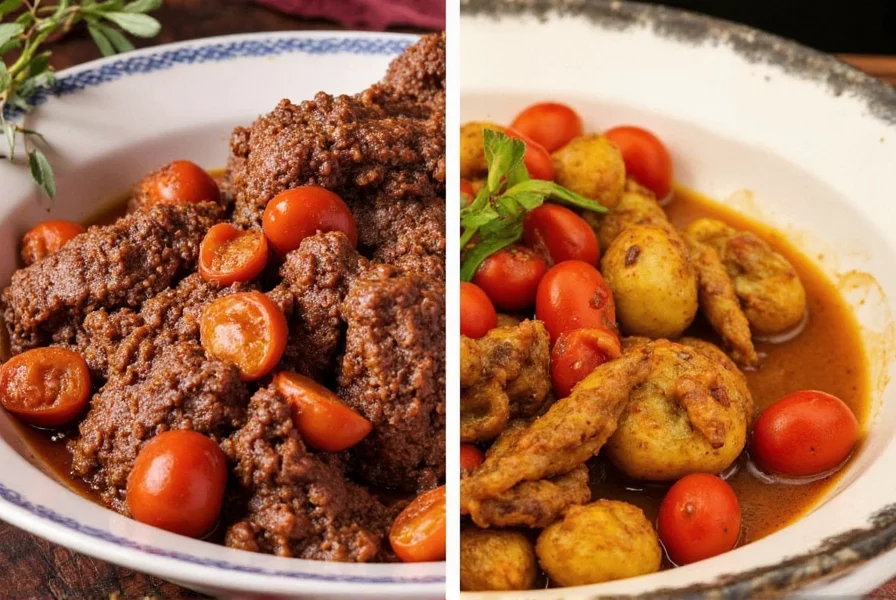
Table of Contents
- What Is Cajun Cooking?
- What Is Creole Cooking?
- Cajun vs Creole: The Key Differences
- Spice It Up: Popular Cajun and Creole Seasoning Blends
- How to Use Cajun and Creole Seasonings in Everyday Cooking
- Buying Guide: Best Cajun & Creole Spices for Every Kitchen
- Conclusion: Which One Should You Choose?
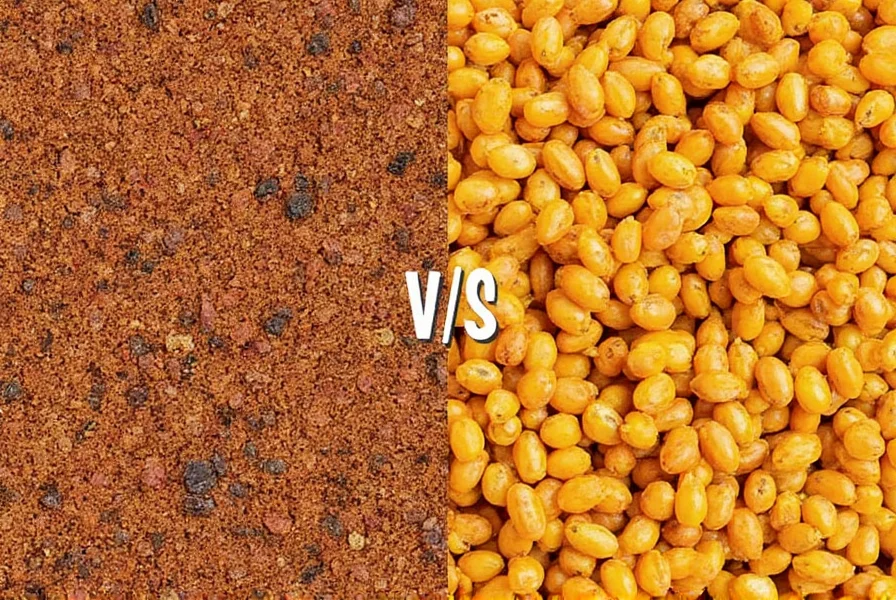
What Is Cajun Cooking?
Let’s kick things off with the bold, rustic cousin of Southern cuisine: Cajun food. Originating from the French-speaking Acadians who were expelled from Canada and settled in Louisiana (particularly the bayou country), Cajun cooking is all about hearty, one-pot meals cooked over open flames.
It’s earthy, smoky, and most importantly — SPICY. Think blackened chicken, crawfish boils, and dirty rice. Cajun dishes are typically more rustic, using whatever was available locally — which means lots of pork, shellfish, game meats, and fresh veggies.
The flavor base of Cajun cuisine is known as the “Holy Trinity” — onions, celery, and green bell peppers. Unlike its Creole counterpart, Cajun seasoning rarely includes tomatoes. Instead, it leans heavily on paprika, garlic powder, cayenne pepper, and black pepper to pack a punch.
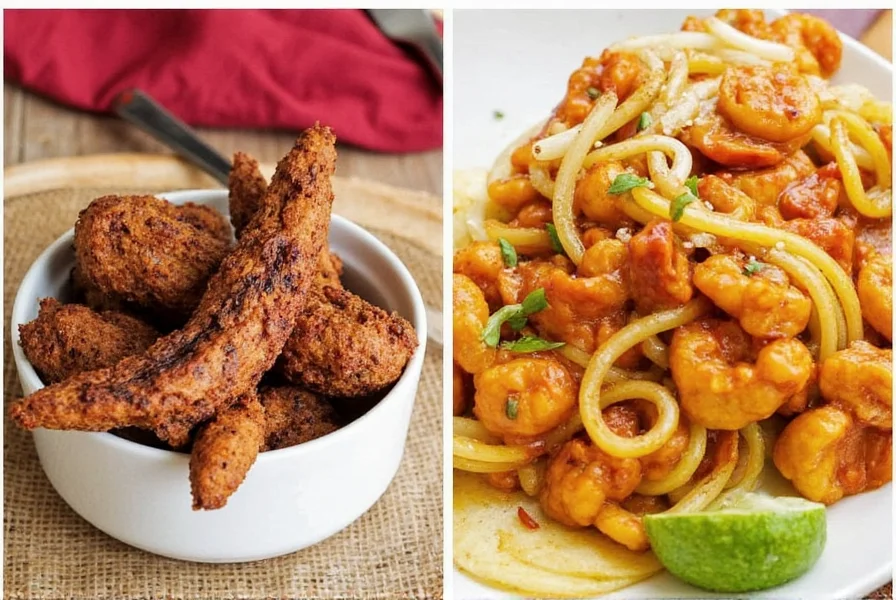
What Is Creole Cooking?
Now enter Creole cuisine — the cosmopolitan sibling of Cajun. Rooted in New Orleans, Creole cooking reflects a vibrant cultural melting pot: French, Spanish, African, Italian, and Native American influences all play a role.
Creole dishes are generally more refined and complex. Seafood stews like shrimp étouffée, jambalaya, and classic gumbo all owe their fame to Creole tradition. This style of cooking often uses tomatoes, giving many dishes that signature red hue.
Like Cajun, Creole also uses the “Holy Trinity” but adds tomato-based ingredients such as tomato paste or diced tomatoes into the mix. Herbs like thyme, oregano, and bay leaves are more common in Creole blends, contributing to a layered flavor profile.
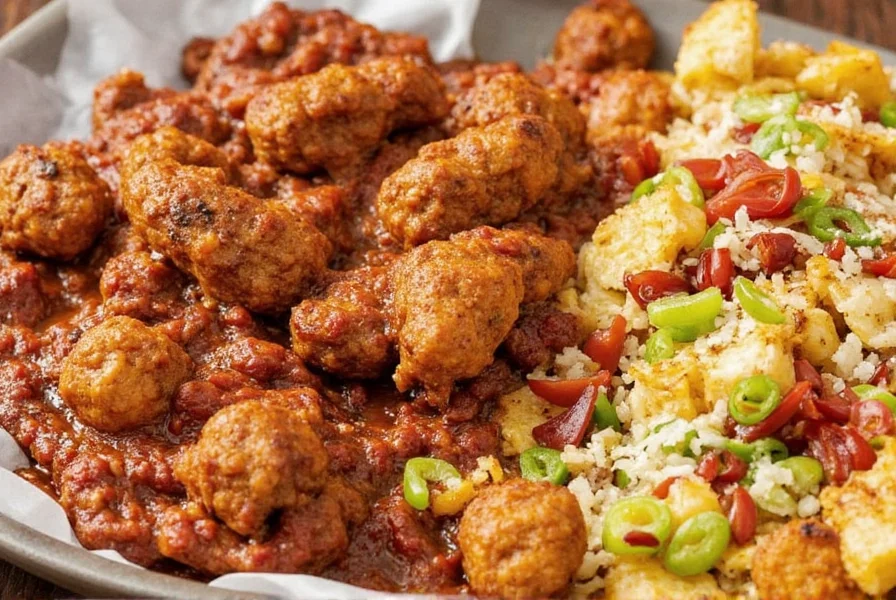
Cajun vs Creole: The Key Differences
Still confused? Don’t worry — you’re not alone. Here’s a quick visual guide to help you spot the difference:
| Feature | Cajun | Creole |
|---|---|---|
| Origin | Rural Louisiana (Acadian roots) | New Orleans (urban fusion) |
| Flavor Profile | Earthy, smoky, spicy | Herby, bright, slightly sweet |
| Tomatoes? | Nope | Yes, frequently used |
| Common Dishes | Dirty rice, blackened fish, gumbo | Jambalaya, étouffée, red beans and rice |
| Signature Spice | Cayenne pepper, paprika | Thyme, oregano, sometimes file powder |
| Texture | Hearty, rustic, chunky | Smooth, saucy, refined |
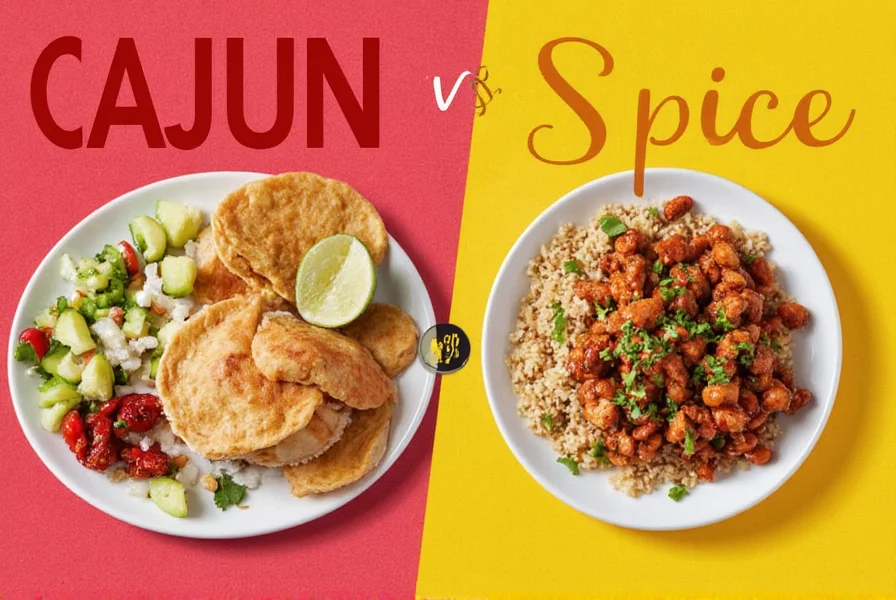
Spice It Up: Popular Cajun and Creole Seasoning Blends
If you’re ready to bring the party to your pantry, here’s a breakdown of some popular commercial and homemade seasoning mixes. Whether you want heat or harmony, there’s something for every taste bud!
Cajun Seasoning Highlights
- Old Bay + Cayenne Boost: Add extra cayenne to Old Bay for a zesty kick.
- Zatarain’s Cajun Seasoning: A fan favorite with bold paprika and garlic tones.
- DIY Cajun Mix: Blend paprika, garlic powder, onion powder, cayenne, black pepper, oregano, and thyme.
Creole Seasoning Stars
- Emeril’s Essence: Balanced, aromatic with a hint of citrus zest.
- Mccormick Creole Seasoning: Milder, great for everyday use.
- Homemade Creole: Combine paprika, garlic, onion, dried basil, thyme, oregano, salt, and a splash of cayenne.

How to Use Cajun and Creole Seasonings in Everyday Cooking
Whether you’re grilling, roasting, or tossing into a stew, Cajun and Creole seasonings add life to your meals. Here’s how to maximize the magic:
Cajun Tips
- Blacken it: Rub liberally on fish or chicken before searing for that classic crust.
- Season early: Apply seasoning an hour before cooking to let flavors penetrate meat.
- Powder power: Add a pinch of smoked paprika or cayenne to deviled eggs or roasted potatoes.
Creole Tips
- Layer it in soups: Add during the sauté stage for deeper flavor.
- Marinate wisely: Mix with olive oil and herbs for a fragrant marinade.
- Finishing touch: Sprinkle on grilled vegetables or pizza after baking.
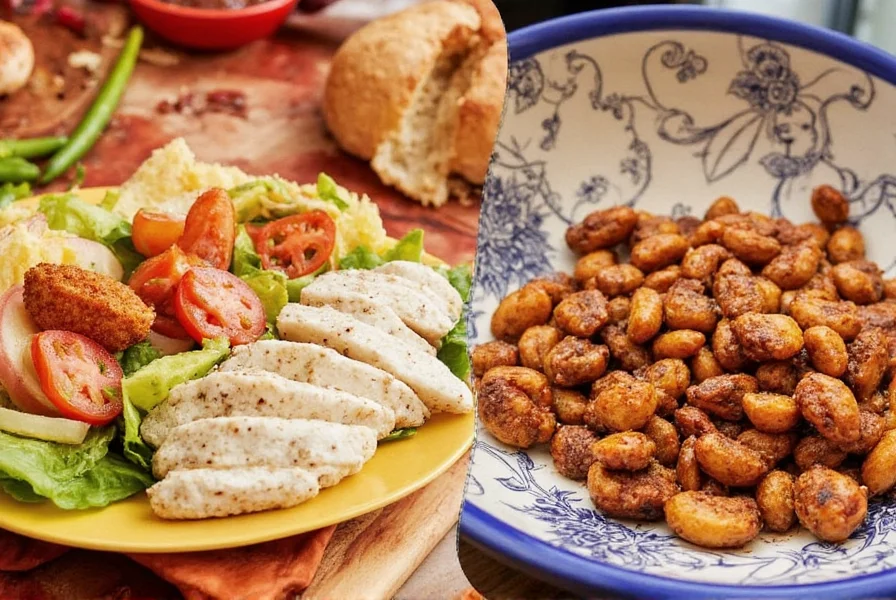
Buying Guide: Best Cajun & Creole Spices for Every Kitchen
Ready to stock your spice rack like a pro? Here are our top picks for store-bought blends and tools to level up your Southern game:
Top Cajun Seasoning Picks
| Product Name | Key Features | Best For | Heat Level |
|---|---|---|---|
| Zatarain’s Original Cajun Seasoning | Bold paprika, garlic-forward, no added MSG | Gumbos, rice dishes, grilled seafood | 🌶️🌶️🌶️ |
| Slap Ya Mama Cajun Seasoning | America's #1 rated Cajun spice by fans | BBQ, fried chicken, burgers | 🌶️🌶️🌶️🌶️ |
| Tony Chachere’s Original Extra Spicy | Well-balanced, perfect for jambalayas | Everyday use, especially red beans | 🌶️🌶️ |
Top Creole Seasoning Picks
| Product Name | Key Features | Best For | Heat Level |
|---|---|---|---|
| Emeril Lagasse’s Original Essence | Citrusy, herbaceous, versatile | Roasted veggies, grilled meats | 🌶️ |
| Mccormick Gourmet Creole Seasoning | Subtle, balanced, mild spice | Soups, pasta, scrambled eggs | 🌶️ |
| Badia Creole Seasoning | Great value, clean label | Weeknight meals, rice bowls | 🌶️ |
Tools That Make a Difference
- Mortar & Pestle: Grind whole spices for fresher flavor.
- Mesh Strainer: Sift blends evenly for consistent texture.
- Label Maker: Keep your DIY spice collection organized.
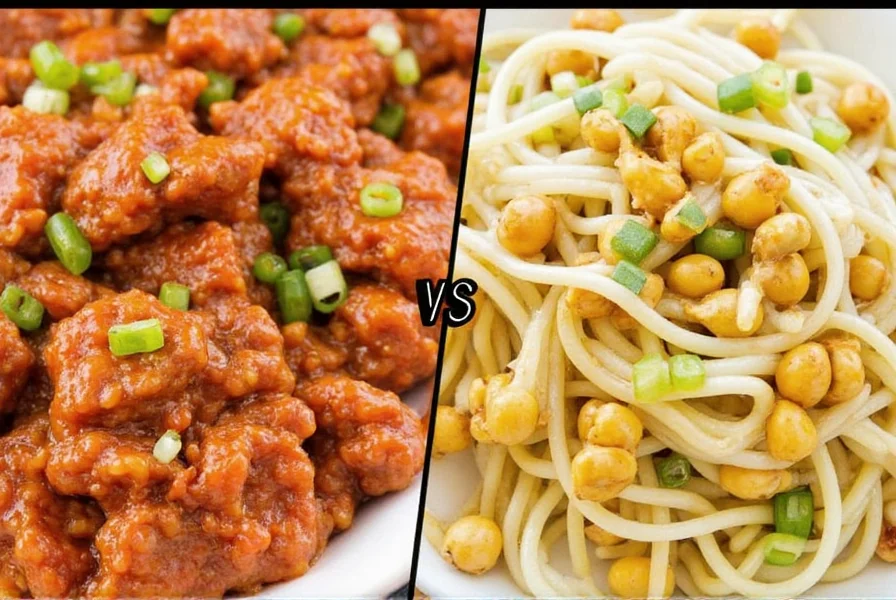
Conclusion: Which One Should You Choose?
So, Cajun or Creole? By now, you’ve probably figured out that neither one wins outright — they're just different strokes for different folks (and palates!).
Choose Cajun when you want bold, spicy, rustic flavors — think weekend cookouts, hearty stews, and finger-licking barbecue. Go for Creole when you crave depth, balance, and a touch of refinement — perfect for elegant dinners, slow-cooked soups, and dishes where flavor complexity matters.
In the end, both Cajun and Creole cooking celebrate the joy of living through flavor. And hey, why choose just one? With the right spices, you can have both worlds — and make your kitchen the star of the South!

Got questions or want to share your own favorite Cajun or Creole recipe? Drop a comment below — we love hearing from fellow spice lovers!

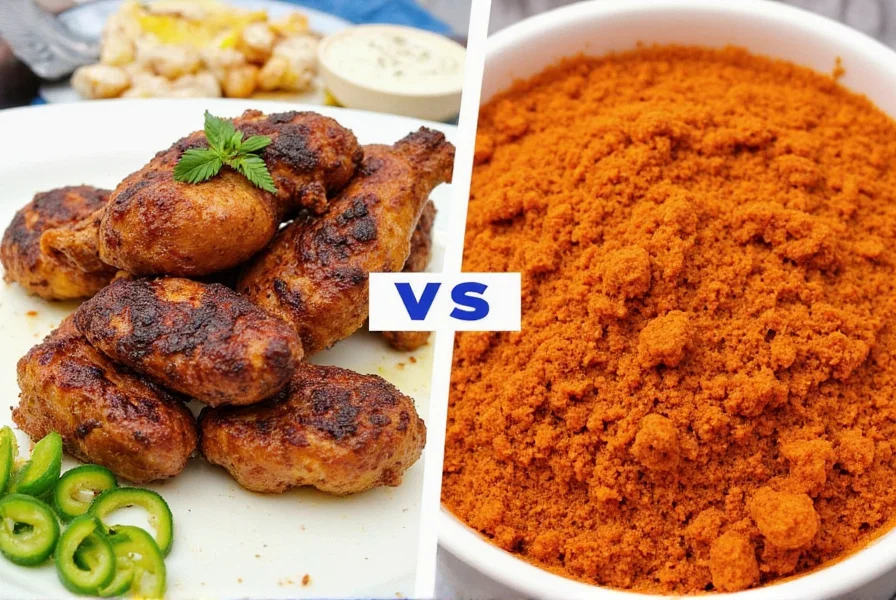









 浙公网安备
33010002000092号
浙公网安备
33010002000092号 浙B2-20120091-4
浙B2-20120091-4